Catastrophe risk modeling firm AIR Worldwide, a Verisk Analytics business, has updated its earthquake model for the United States to include enhanced event generation, local intensity calculation and damage estimation modules.
AIR said that previously supported subperils (fire following, liquefaction and sprinkler leakage) have undergone comprehensive updates, and two new subperils—tsunami and landslide—have been added for a comprehensive view of risk. The updated model also offers an induced seismicity module to capture the effects of human activity such as wastewater injection on earthquake occurrence.
Among the updates:
- The model has an integrated catalog of simulated events for the U.S. and Canada that reflects time-dependency in California and along the Cascadia subduction zone to provide a unified view of risk to portfolios that span the two countries.
- The enhanced building vulnerability module helps to quantify damage to engineered buildings, residential homes, unreinforced masonry construction and mobile homes. Code requirements on the ductility of engineered buildings is modeled explicitly for the first time.
- The model includes a probabilistic tsunami module that covers the U.S. West Coast (comprising California, Oregon and Washington).
- Damage caused by earthquake-triggered landslides is modeled countrywide for the first time.
The AIR Earthquake Model for the United States is available in the CATRADER Version 19 and Touchstone 5.0 catastrophe risk management systems.
Source: AIR Worldwide


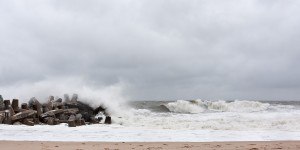
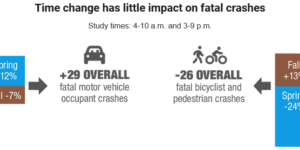
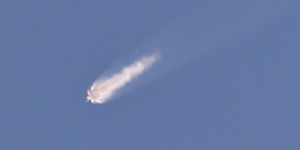
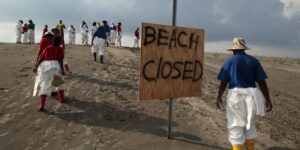














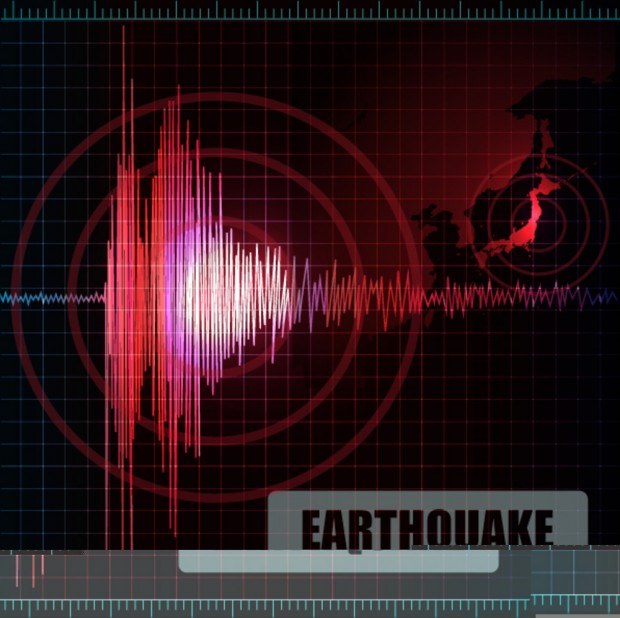
 Allstate’s Safe Driving App Helps Reduce Chance of Collision by 25%
Allstate’s Safe Driving App Helps Reduce Chance of Collision by 25%  Fitch: U.S. Cyber Insurers Saw Strong Profits, Slowdown in Premium Growth in 2023
Fitch: U.S. Cyber Insurers Saw Strong Profits, Slowdown in Premium Growth in 2023  USAA to Lay Off 220 Employees
USAA to Lay Off 220 Employees 






